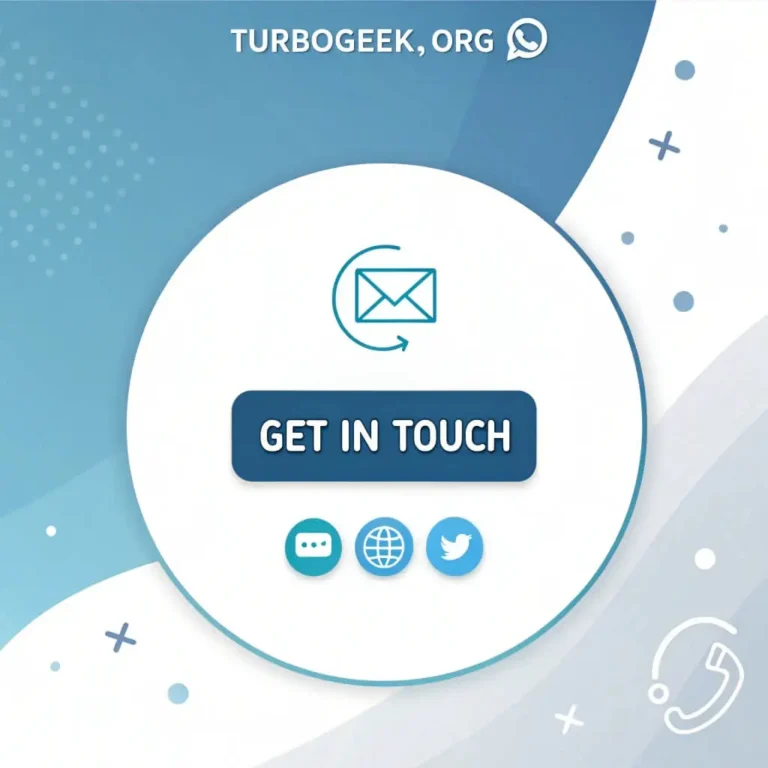
Understanding and leveraging the complex web of customer relationships is pivotal to achieving success in sales. Sales teams that can identify and nurture key connections with stakeholders often outperform their competitors. Salesforce, a leading customer relationship management tool, offers myriad features to help salespeople map and visualize these connections. Relationship mapping is a tactic that can revolutionize how teams approach their sales strategy. Below, we delve into the mechanics and advantages of this innovative feature in Salesforce.
The Strategic Advantage of Visualizing Sales Networks
Visualizing sales networks has the distinct strategic advantage of simplifying complexity. With relationship maps, sales professionals can instantly recognize the status of various stakeholders, including their influence and relationship quality. This can be instrumental in tailoring communication strategies to each stakeholder’s unique context.
Additionally, this visualization aids in identifying potential risks and opportunities within these networks. A visual cue might reveal an over-reliance on a single point of contact within a client’s organization or expose potential cross-selling opportunities that might otherwise go unnoticed.
When utilizing relationship mapping, sales teams can strategize more effectively for meetings and engagements. The tool allows them to prepare thoroughly and understand beforehand who will be at the table and their roles and perspectives. It prevents missteps in communication and ensures that sales pitches are directed toward the right individuals.
A SalesForce relationship map supports the strategic planning process and is a living document that evolves as relationships deepen or change. It captures the dynamic nature of business interactions in real time, enabling timely adjustments to sales approaches.
Enhancing Collaboration Among Sales Teams with Salesforce Relationship Maps
One key benefit of relationship mapping in Salesforce is its ability to enhance collaboration among sales team members. By sharing visual maps, teams can synchronize their efforts, ensuring everyone is aligned with the strategic objectives for each account. This collective visibility prevents duplication of efforts and fosters a unified approach to account management.
Salesforce’s relationship maps also inform teamwork by highlighting the connection points between different reps’ networks. Reps can identify shared contacts and leverage these overlaps to create a more cohesive sales effort. This ensures that client engagement is consistent and efficient, regardless of who in the team interacts with them.
Moreover, relationship maps provide a clear roadmap in complex sales cycles where multiple touchpoints are necessary. Team members can identify precisely where they stand in the sales process and what needs to be accomplished next, enhancing the efficiency of the sales cycle and the overall customer experience.
In addition, relationship mapping makes the transfer of accounts between team members seamless. Detailed visualization helps new members quickly learn an account’s composition, history, and strategic importance, thereby reducing downtime and preserving client relationship continuity.
Streamlining Sales Processes with Accurate Customer Insights
The incorporation of relationship mapping into sales processes is synonymous with streamlining efficiency. With a detailed outline of customer hierarchies and connections, sales reps can efficiently route their efforts, focusing on fruitful relationships that promise a higher return on investment.
Accurate customer insights from relationship maps empower sales reps to anticipate client needs and customize their approach accordingly. This personalized engagement strategy often yields better results, as prospects and customers feel their specific requirements are being understood and met.
Furthermore, relationship mapping aids in tracking the progress of sales activities across different accounts and prospects. This facilitates an accurate assessment of efforts, guiding sales reps on where to ramp up engagement or alter tactics. Such adaptive strategies are often key to closing deals and sustaining long-term client relationships.
A structured overview of the sales network also supports higher-quality data entry and maintenance practices within Salesforce. When sales reps understand the relevance of each data point within the broader context of relationship maps, they are more likely to keep this information updated and accurate.
Altogether, relationship mapping in Salesforce empowers sales teams to streamline processes, enhance collaboration, and build stronger client connections. By leveraging this innovative tool, teams can navigate complex sales networks more efficiently and precisely, ultimately driving better outcomes.






